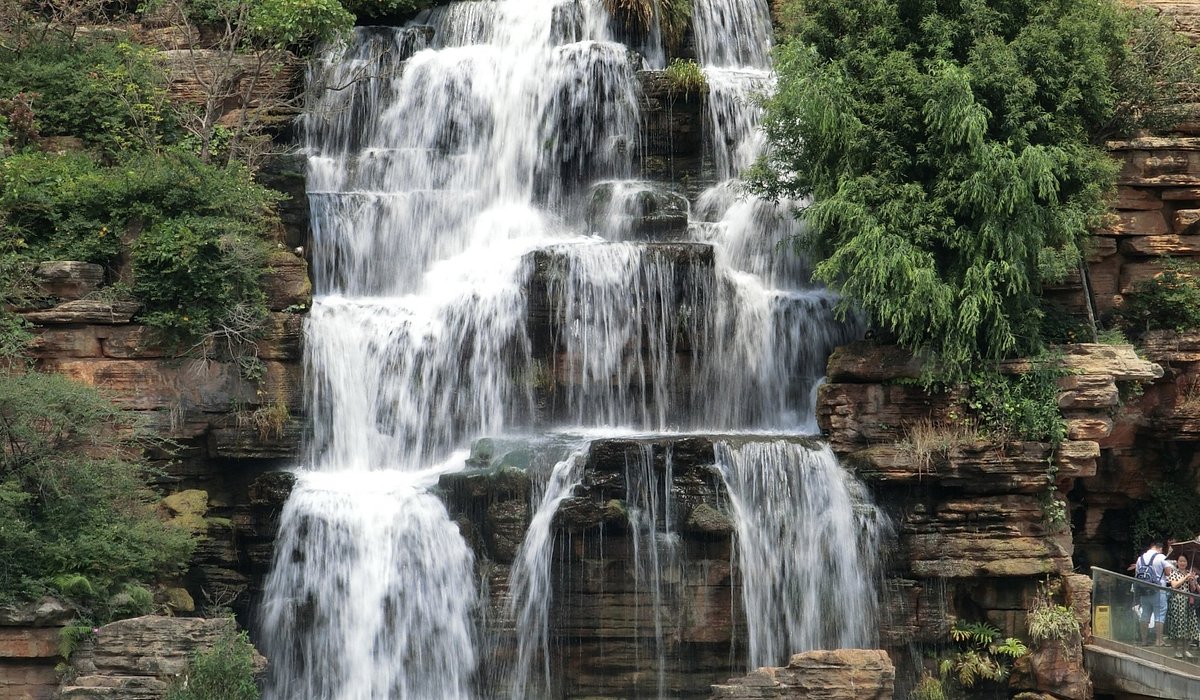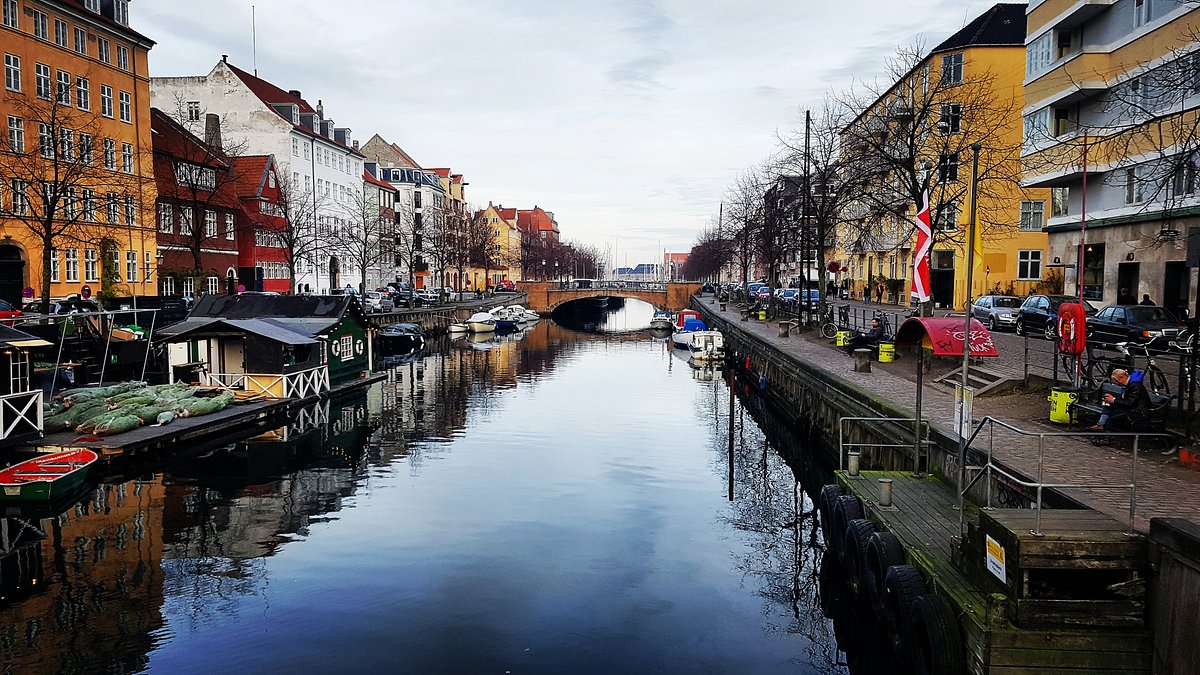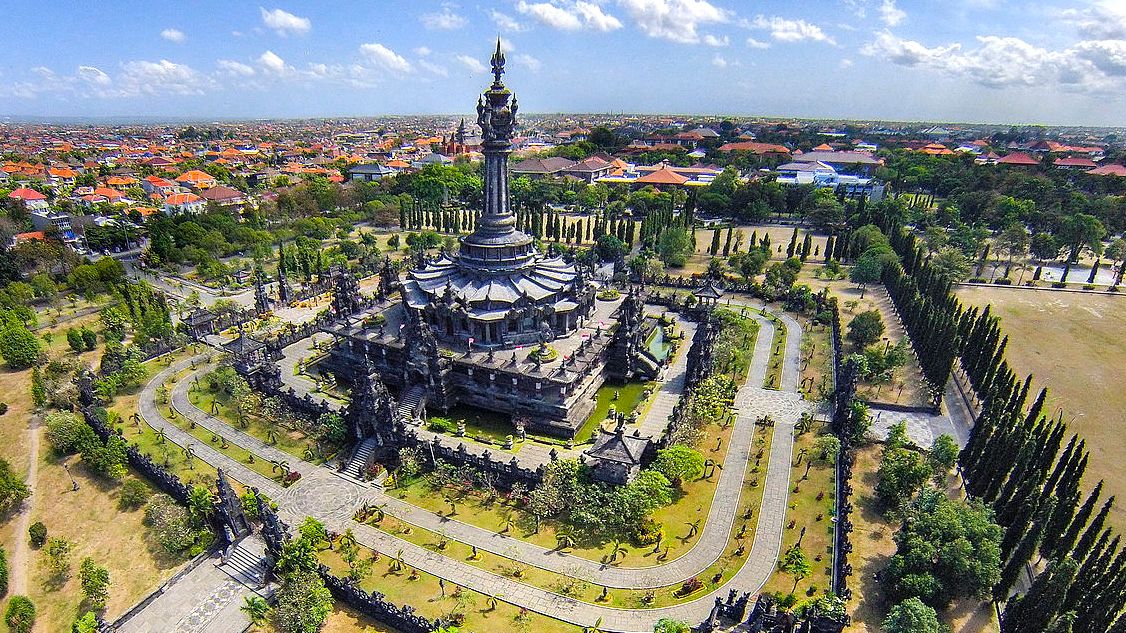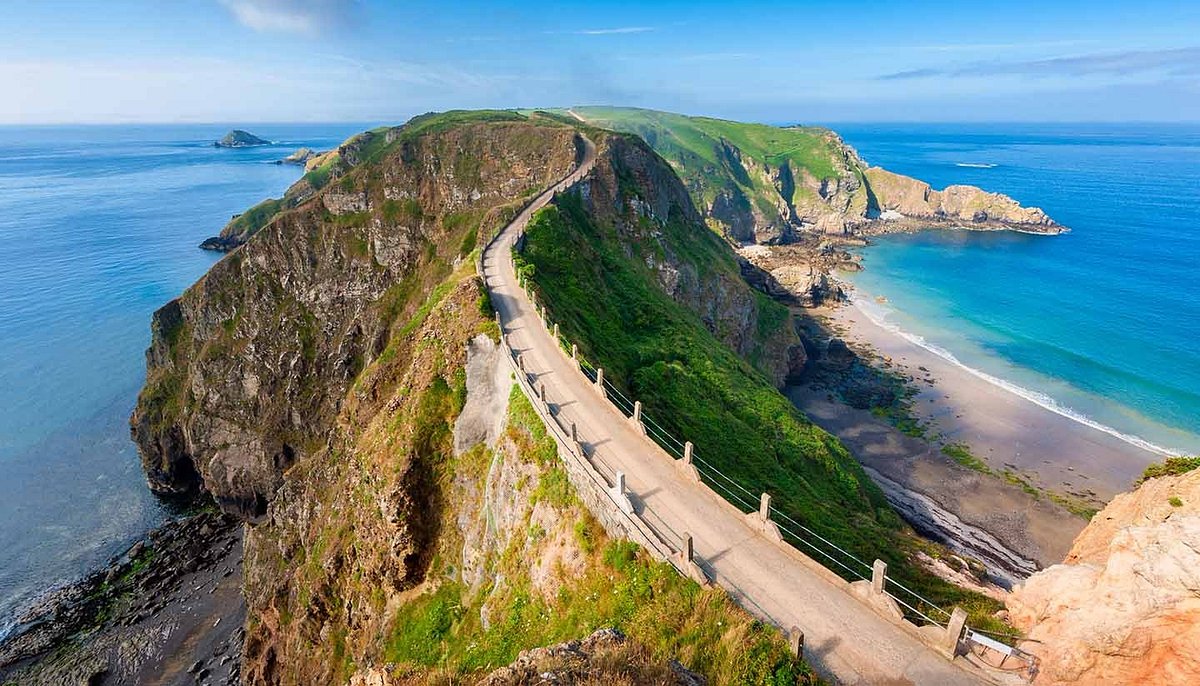Long before modern borders and cities shaped our world, indigenous tribes lived in deep connection with their lands, traditions, and nature. Many of these ancient communities still survive today, carrying forward knowledge and culture that date back thousands of years. From the forests of the Amazon to the deserts of Australia, here are six ancient indigenous tribes you should know about—and why their stories matter now more than ever.
1. San People (Bushmen) – Southern Africa
The San, often called Bushmen, are one of the oldest continuous populations on Earth. They have lived in the Kalahari Desert region of Botswana, Namibia, South Africa, and Angola for over 20,000 years. Famous for their detailed rock art and ancient hunter-gatherer skills, the San developed a deep understanding of plants, animals, and desert survival. Their unique “click” language family is among the oldest spoken languages still in use today. Despite centuries of displacement, many San communities continue to fight for land rights and recognition of their ancient way of life.
2. Ainu – Japan
The Ainu are the indigenous people of Hokkaido, Japan’s northernmost island, and parts of Russia’s Sakhalin and Kuril Islands. Their roots trace back thousands of years, long before Japan’s modern culture took shape. Traditionally, the Ainu were hunter-gatherers and fishermen, with spiritual beliefs deeply tied to nature and animals like bears and salmon. Today, they work to preserve their endangered language and revive traditional crafts, dance, and rituals despite facing generations of assimilation and discrimination.
3. Yanomami – Amazon Rainforest
Deep in the dense forests of northern Brazil and southern Venezuela lives the Yanomami, one of the largest relatively isolated tribes in South America. With evidence of habitation in the region for thousands of years, the Yanomami have maintained their semi-nomadic lifestyle, relying on hunting, fishing, and shifting agriculture. Their communal dwellings, called shabonos, house multiple families under one huge circular roof. They have become global symbols for the fight to protect the Amazon and indigenous land rights against illegal mining and deforestation.
4. Sami – Scandinavia
The Sami are the indigenous people of the Arctic circle in Norway, Sweden, Finland, and Russia’s Kola Peninsula. They have lived in this harsh northern landscape for thousands of years, herding reindeer, fishing, and crafting tools and clothing adapted for extreme cold. The Sami have preserved their language, colorful dress, and the traditional joik singing style. Today, they continue to fight for the protection of their grazing lands from mining and climate change that threaten their age-old way of life.
5. Aborigines – Australia
Australia’s Aboriginal peoples form one of the oldest continuous cultures on Earth, with ancestral ties stretching back over 65,000 years. Hundreds of distinct groups once thrived across the continent, each with its own languages, customs, and Dreamtime stories that explain the creation of the land and life. Rock art sites like those in Kakadu and Arnhem Land tell ancient stories through paintings that have survived millennia. Despite historical injustice and marginalization, Aboriginal communities are revitalizing language, land care practices, and cultural education for future generations.
6. Maasai – East Africa
The Maasai are one of Africa’s most well-known indigenous tribes, living in Kenya and northern Tanzania for centuries. Semi-nomadic herders, the Maasai rely on cattle for food and cultural identity, measuring wealth and status by herd size. Their striking red garments, elaborate beadwork, and warrior traditions are symbols of strength and resilience. Although modernization and land pressures pose challenges, many Maasai continue to practice rituals, rites of passage, and pastoral life while also advocating for education and conservation of their grazing lands.
Honoring Ancient Wisdom
These ancient tribes remind us that human history is far richer and more diverse than what textbooks often highlight. Their languages, stories, and skills connect people to a time when life moved with nature’s rhythm instead of against it. Many indigenous communities today face threats from climate change, deforestation, and cultural erosion. By learning about them, supporting indigenous rights, and respecting their knowledge, we help keep these living links to our shared past alive.
Next time you read about global culture, remember these tribes—and the wisdom they carry forward into our modern world.








